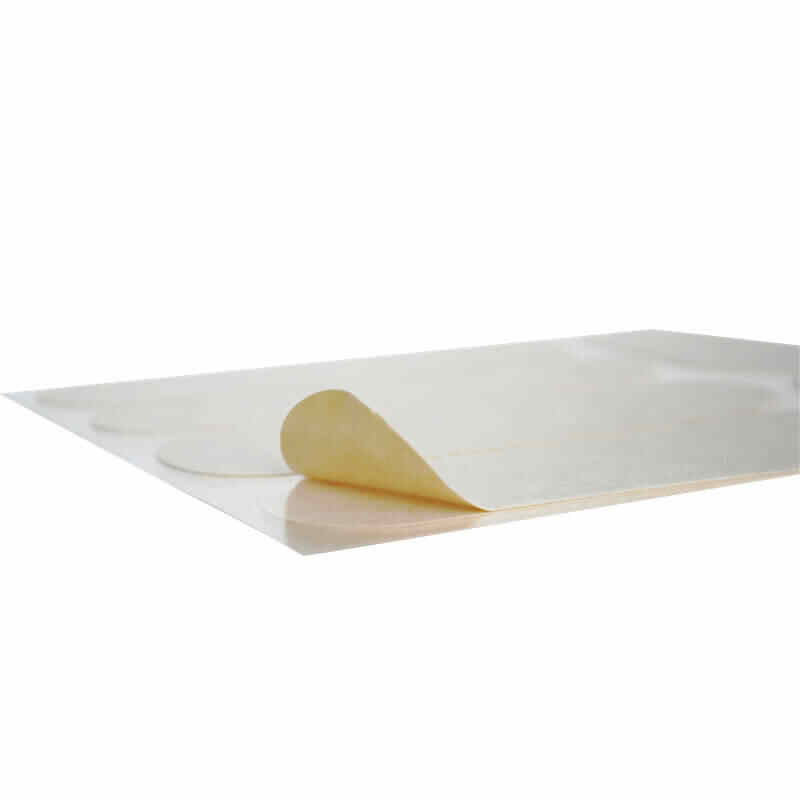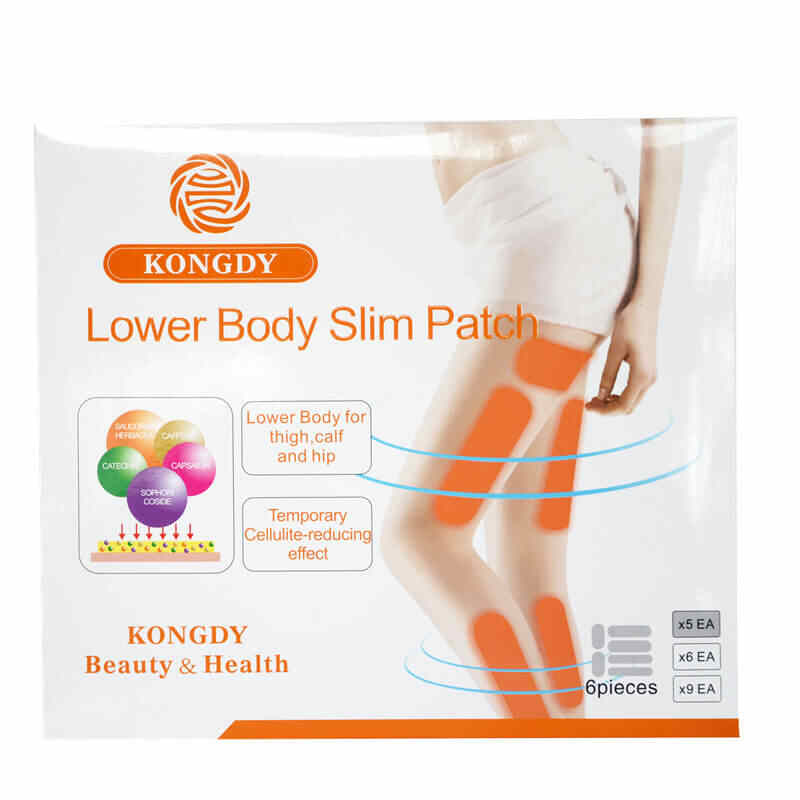How Can I Verify if a Fat Burning Patches Manufacturer Has Strong Quality Control?
In today’s fast-growing health and wellness industry, fat burning patches are gaining global popularity as an innovative weight management solution. For businesses looking to enter or expand in this market, choosing the right fat burning patches Manufacturer or fat burning patches OEM partner is a critical decision. Among the many factors to consider, one stands out as the most important: quality control.
Strong quality control ensures that every patch—whether it is part of a Private Label fat burning patches program or developed as Custom fat burning patches—is safe, effective, and compliant with global regulations. But how can you verify if a fat burning patches Supplier truly has the quality control systems needed to protect your brand and customers?
This article provides a detailed guide on evaluating quality control in fat burning patches OEM manufacturing, offering practical steps, key indicators, and long-term benefits.

1. Why Quality Control Matters in Fat Burning Patches OEM Manufacturing
Before discussing verification methods, it’s important to understand why QC is so critical in the first place.
Consumer Safety: Poorly tested patches can cause skin irritation, allergic reactions, or inconsistent absorption.
Brand Reputation: Quality issues can lead to negative reviews, recalls, and damaged credibility.
Regulatory Compliance: Each market (U.S., EU, Asia) has strict requirements that must be met.
Consistency and Effectiveness: Customers expect the same performance every time they use your product.
A fat burning patches Manufacturer with strong QC prevents these risks and supports sustainable brand growth.
2. Key Quality Control Standards to Look For
When evaluating a fat burning patches OEM partner, look for internationally recognized quality standards:
GMP (Good Manufacturing Practices) – Ensures hygiene, safety, and consistency throughout production.
ISO Certifications – Especially ISO 9001 (quality management systems) and ISO 13485 (medical device manufacturing).
FDA or CE Compliance – Depending on your target markets.
Third-Party Testing and Audits – Independent verification of safety and performance.
A reputable fat burning patches Supplier should be able to provide documentation of these certifications.
3. How to Verify a Fat Burning Patches Manufacturer’s Quality Control
3.1 Request Certifications and Documentation
Start by asking the fat burning patches Manufacturer for proof of compliance, such as GMP certificates, ISO certifications, or FDA registrations. Authentic manufacturers will provide these without hesitation.
3.2 Review Testing Protocols
Ask for details about:
Raw material testing (purity, safety, and consistency)
Adhesion and absorption testing for patches
Skin irritation and sensitivity studies
Stability and shelf-life testing
For Custom fat burning patches, additional testing should be performed to validate new ingredients and formulas.
3.3 Audit Their Facilities
If possible, conduct an on-site visit or arrange for a third-party audit. This gives you direct insight into their manufacturing practices, equipment, cleanliness, and process control.
3.4 Check Traceability Systems
A strong fat burning patches OEM should maintain complete documentation for every batch, making it possible to trace products back to raw material sources. This is essential in case of recalls.
3.5 Evaluate Compliance with Labeling and Claims
For both Private Label fat burning patches and custom products, labels must list accurate ingredients, dosage, and safety warnings. Confirm that the manufacturer follows labeling regulations for your target markets.
3.6 Ask About Supplier Management
A fat burning patches Supplier should also apply strict quality control to its raw material providers. Ask how they evaluate and monitor their ingredient sources.
3.7 Look for Client References and Case Studies
Reputable fat burning patches Manufacturers often have long-standing relationships with global brands. Ask for references or examples of successful projects.
4. Red Flags That Indicate Weak Quality Control
Not all manufacturers meet industry standards. Be cautious if a fat burning patches Manufacturer:
Refuses to share certifications or test reports
Provides vague answers about QC processes
Has no system for traceability or batch documentation
Lacks compliance with international regulations
Focuses only on low price without addressing quality
Such manufacturers may put your brand at serious risk.
5. Verifying Quality Control in Private Label Fat Burning Patches
When working with Private Label fat burning patches, speed to market is often the priority. However, quality should not be compromised. Verify that:
The formulas are already safety-tested and stable.
Labels comply with regulatory requirements.
The fat burning patches Supplier provides full documentation and COAs.
This ensures that even with faster product launches, your brand maintains credibility.
6. Verifying Quality Control in Custom Fat Burning Patches
Developing Custom fat burning patches requires even more rigorous QC. Ensure that the fat burning patches Manufacturer can:
Conduct R&D and testing for new ingredients.
Provide clinical or laboratory data to support claims.
Adjust and revalidate formulations when changes occur.
Custom solutions allow differentiation, but only if backed by strong quality systems.
7. Benefits of Partnering with a Quality-Focused Fat Burning Patches OEM
When you choose a fat burning patches OEM with robust QC systems, your business gains:
Consumer Trust: Safe and effective products build loyalty.
Regulatory Security: Compliance reduces legal risks.
Consistency: Reliable results enhance brand reputation.
Global Market Access: Strong QC supports international expansion.
Long-Term Growth: Quality becomes a competitive advantage.
8. Practical Steps to Protect Your Brand
Here’s a checklist when evaluating a fat burning patches Manufacturer:
Request certifications (GMP, ISO, FDA/CE).
Review testing protocols and documentation.
Ask about traceability and supplier audits.
Verify labeling and claims compliance.
Consider on-site or third-party audits.
Speak with existing clients for feedback.
This due diligence ensures you only partner with a fat burning patches Supplier that prioritizes quality.
Conclusion
Verifying whether a fat burning patches Manufacturer has strong quality control is one of the most important steps in protecting your brand and ensuring long-term success. Whether you are launching Private Label fat burning patches for a quick market entry or developing Custom fat burning patches for differentiation, quality is the foundation of consumer trust and compliance.
By checking certifications, reviewing testing protocols, auditing facilities, and demanding transparency, you can confidently select a fat burning patches OEM or Supplier that supports your brand’s growth while minimizing risks. In the competitive global market, quality control is not just an option—it is your brand’s strongest guarantee of success.
Related Questions and Answers
Q1: What certifications prove a fat burning patches Manufacturer has strong quality control?
A1: GMP, ISO 9001, ISO 13485, FDA, or CE certifications are strong indicators of compliance and QC standards.
Q2: Is it harder to verify quality control for Custom fat burning patches than Private Label?
A2: Yes, because custom formulations require additional testing and documentation to validate safety and effectiveness.
Q3: How can I ensure a fat burning patches Supplier provides safe raw materials?
A3: Ask for Certificates of Analysis (COAs) and details on supplier audits.
Q4: Why is traceability important in fat burning patches OEM manufacturing?
A4: Traceability allows every batch to be tracked, making recalls or quality investigations easier and more effective.
Q5: Should I visit the manufacturer’s facility before signing a contract?
A5: Yes, on-site visits or third-party audits are highly recommended to confirm strong quality control practices.






